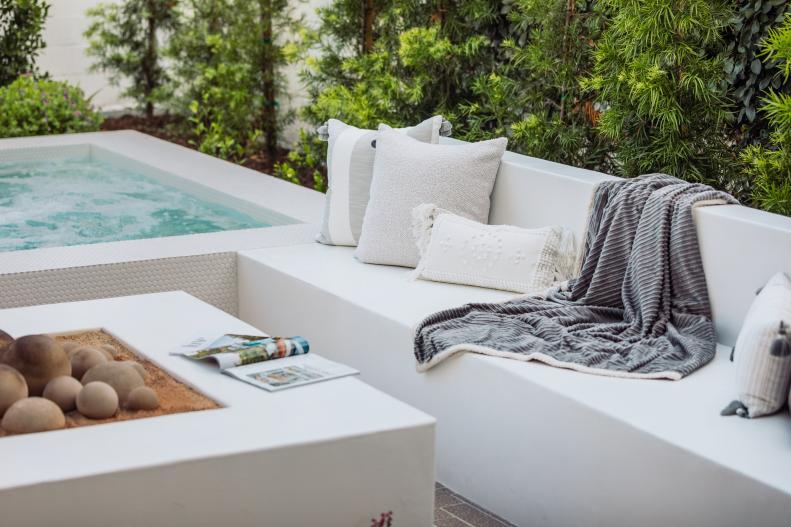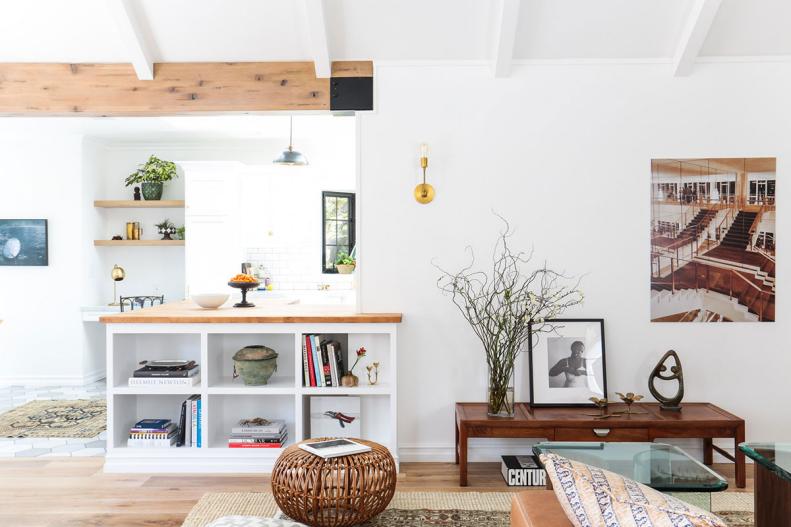1 / 14
Photo: Brett Hilton.
From:
Living Gardens Landscape Design.
The Value of Wellness in Home Design
Our homes represent many things to us: security, comfort, solitude or a social space. More and more interior designers, architects and homeowners are seeing the connection between creating an ideal space and the effect that has on our happiness. Around the world other cultures from Japan to Sweden have already discovered the mind-body-design connection. Find out how you can bring more wellness to your own space.









